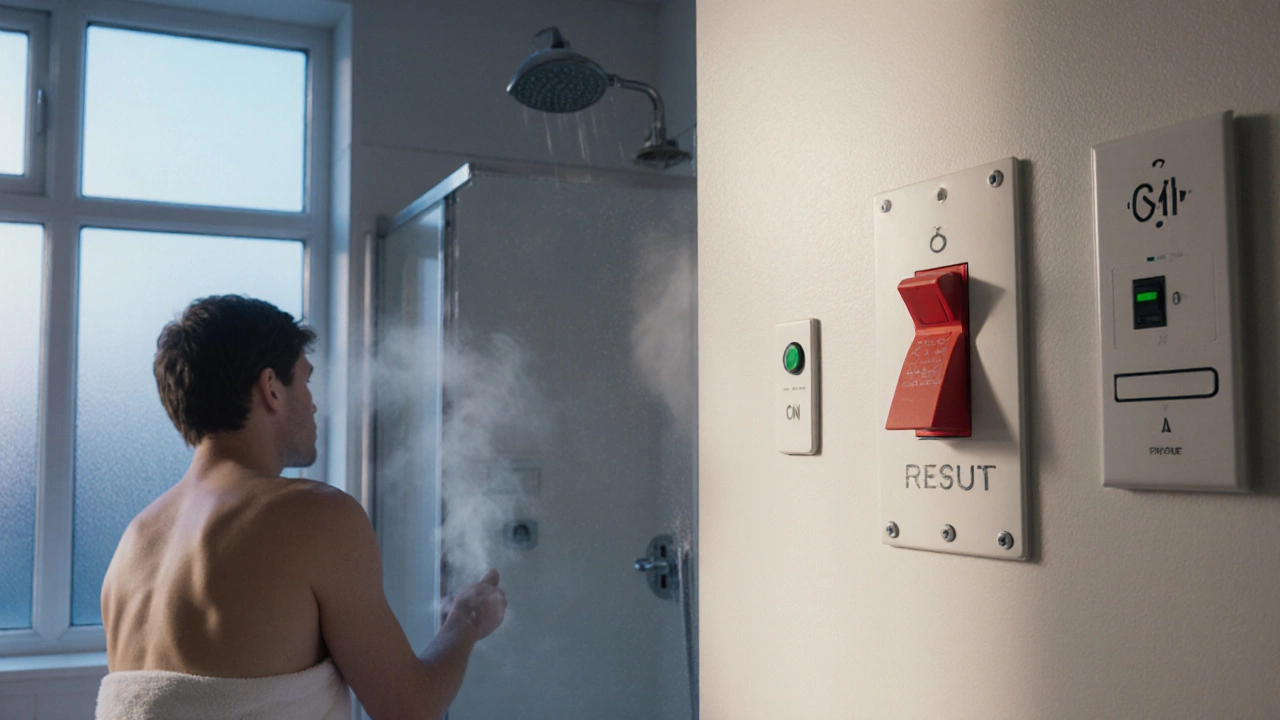A practical step‑by‑step guide to troubleshoot and fix a no‑hot‑water shower, covering power checks, thermostat, heating element, sediment, dip tube, mixing valve and when to call a pro.
Hot Water Troubleshooting: Your Quick‑Start Guide
When dealing with Hot Water Troubleshooting, the systematic process of finding why hot water stops flowing and fixing it. Also called hot water issue resolution, it saves time and money. Most homeowners first encounter the water heater, the appliance that heats domestic water for taps, showers and appliances when the problem appears. In many UK homes a boiler, the central heating system that can also provide hot water shares the load, so a fault in the boiler often shows up as a lack of hot water. Understanding the link between these devices is the first step in a successful fix.
Typical Culprits and How They Interact
After you know which appliance is involved, look at the thermostat, the control that tells the heater when to turn on and off. A mis‑reading thermostat will keep the heating element or gas burner from igniting, effectively cutting hot water at the source. The hot water troubleshooting process also checks the heating element, the electrical coil that generates heat in electric water heaters. A burnt‑out element or a loose connection stops heat production instantly. For gas‑powered units, the pilot light is another common weak point – if it won’t stay lit, the burner won’t fire, leaving you with cold water. Each of these components forms a chain: thermostat → pilot light or heating element → water heater → hot water output. Break any link and the whole system stalls.
Practical troubleshooting starts with safety: shut off power or gas, then verify the power supply and pressure. A quick voltage check on the heating element can tell you if it’s dead. For a boiler, listen for the pump and look at the pressure gauge; low pressure often means a leak or a failed expansion vessel. If the thermostat feels warm but the water stays cold, the sensor may be faulty. Many of these checks require a basic multimeter and a screwdriver – tools most DIY‑savvy homeowners already own. When the diagnosis points to a cheap, replaceable part, you can save a call‑out fee; when it’s a major component like a boiler heat exchanger, it’s wiser to call a certified technician.
Below you’ll find a collection of guides that walk through each of these steps in detail. From spotting a faulty thermostat to flushing a sediment‑filled tank, the articles cover everything you need to know before you pick up the phone. Dive in to see real‑world examples, step‑by‑step instructions and clear signs of when professional help becomes the safest option.

